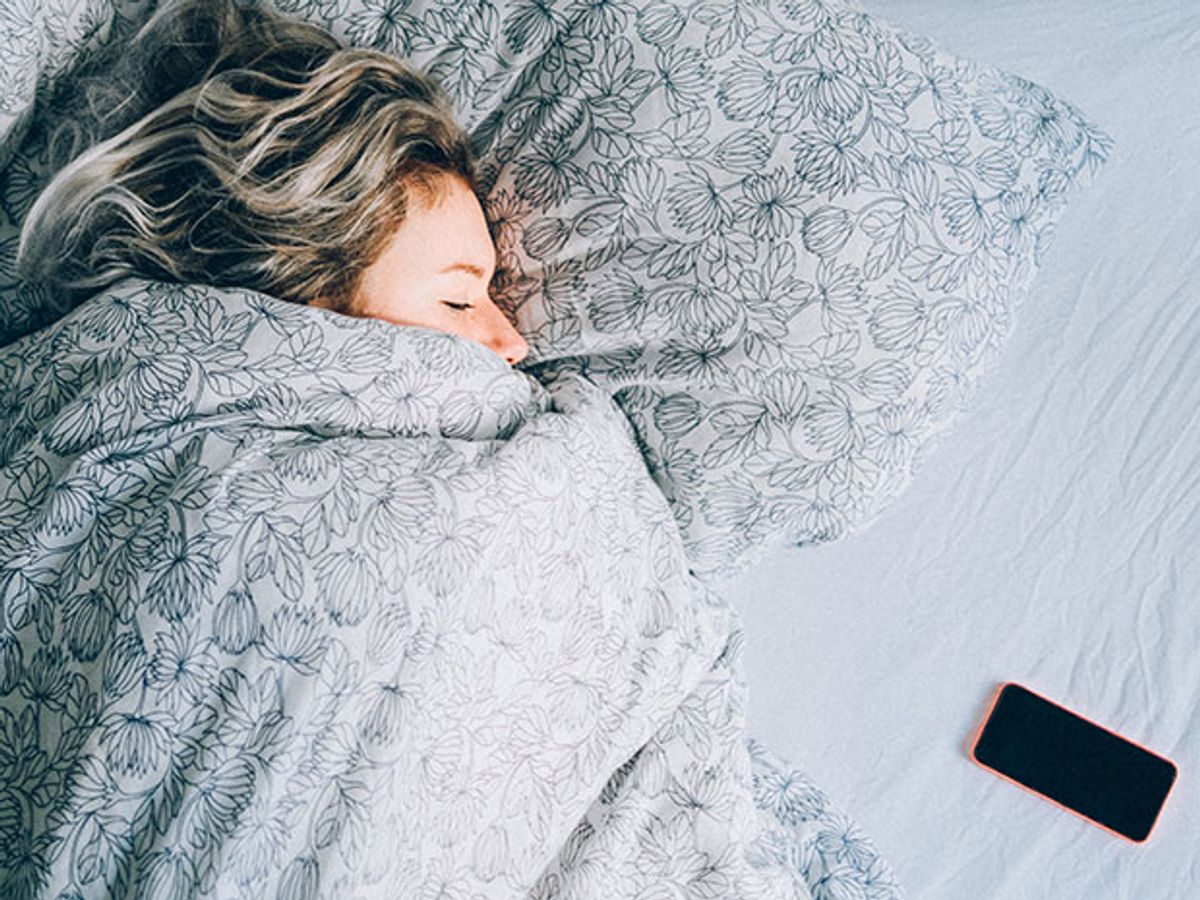Can scientists trust a mobile app as a reliable vehicle for collecting health data? A study published today in Science Advances suggests the answer is yes, it’s possible, at least for sleep studies.
Researchers have for years been eyeing the trove of health data sets that could be collected via mobile apps. Cheap to build and easy to distribute, apps can make recruitment of massive, global study populations possible on a grad student–like budget.
But the reliability of that kind of data is still largely unproven, and presents a risk for scientists. Unlike laboratory-based research or phone surveys, there’s no study coordinator to keep people honest and on track, and no voice awaiting a response at the other end of the line.
But researchers at the University of Michigan in Ann Arbor say that global sleep data collected from their custom app yielded reliable results. “It validates mobile apps as a data collection method,” says Olivia Walch, a graduate student at the University of Michigan and lead author of the report.
Walch and her team designed an app called Entrain to help travelers adjust to new time zones. Users input information about their sleep habits, home time zone, and where they would be traveling, and the app provided advice on minimizing jet lag.
The travel advice was the carrot that motivated people to use the app, but was actually beside the point. What the scientists actually cared about was the chance to get information about baseline sleep habits and home time zones. App users could opt to share that information with the research team; eight percent of them did. That gave the Michigan team sleep data from more than 8,000 respondents around the world “at essentially no cost,” the researchers said in their report.
To validate the data, the Michigan team compared it with our knowledge of circadian rhythms and sleep data collected using more traditional methods, such as sleep labs and questionnaires. The researchers used mathematical models to simulate bed times and wake times in various time zones—what people’s sleep habits would be if they were governed by sunsets and sunrises, rather than social influences.
The Sleep Mobile Appyoutu.be
To their relief, their data lined up with known trends in sleep habits amassed from more traditional studies. “There were many sleepless nights” waiting for those results, says Walch. “To see it line up was really gratifying.” Prior studies have suggested that women sleep more than men, and that bed times get earlier with age. The Entrain data yielded those same results.
The Michigan study revealed new sleep trends too. Residents of Singapore and Japan go to bed later and get the least sleep, while residents of the Netherlands go to be earlier and get the most sleep. Later bed times didn’t necessarily mean later wake times, the researchers found. They hypothesize, based on these and other trends they observed, that social influences are governing bed time, and circadian rhythms—our internal clocks—govern wake times.
The success of the Michigan study is due largely to the fact that the Entrain app was widely adopted. And in a sense, they got lucky. When they launched the app in 2014, several global media outlets picked up the story. Without that, spreading the word would have been difficult. “Our advertising budget was zero,” says Walch.
The researchers plan to continue collecting data from Entrain. Walch is improving its interface, and adapting it to work with wearables. The app has been downloaded over 150,000 times, Walch says.
Other groups have embarked on the task of scientific data collection with mobile apps as well. A collaboration of academic researchers studied mobile interventions that aid medication use. In the journal PLOS ONE, the researchers reported last year that “mobile applications may be a promising approach to support the treatment of patients with chronic conditions.” Seattle-based Sage Bionetworks in March published a study on tracking symptoms of Parkinson disease through its app mPower. The group reported that such data “may help establish baseline variability of real-world activity measurement collected via mobile phones, and ultimately may lead to quantification of the ebbs-and-flows of Parkinson symptoms.”
An academic group out of Germany has been collecting sleep habit data since 2003 through its Munich ChronoType Questionnaire. The survey is Internet based, rather than mobile, and reveals many of the same trends found in the Michigan study. Its developer, Till Roenneberg, advocated in 2013 for a global effort to use mobile phones and wearables to collect sleep data—a project he dubbed “the human sleep project.” The call to arms inspired Walch’s team, she says. “We need infrastructure in place so that when everybody has a wearable, we’re ready to analyze the data.”
Emily Waltz is a features editor at Spectrum covering power and energy. Prior to joining the staff in January 2024, Emily spent 18 years as a freelance journalist covering biotechnology, primarily for the Nature research journals and Spectrum. Her work has also appeared in Scientific American, Discover, Outside, and the New York Times. Emily has a master's degree from Columbia University Graduate School of Journalism and an undergraduate degree from Vanderbilt University. With every word she writes, Emily strives to say something true and useful. She posts on Twitter/X @EmWaltz and her portfolio can be found on her website.



